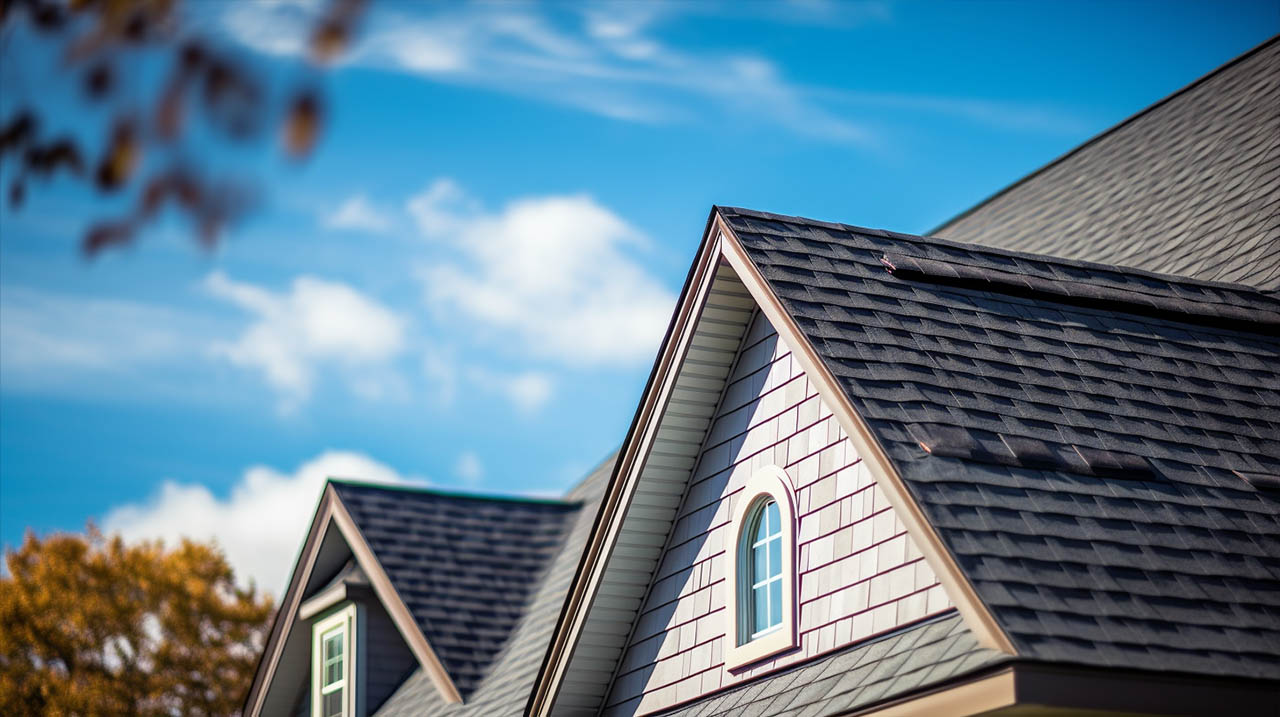Investing in a new roof can increase your house’s utility and value. Whether you’re looking to replace old shingles or install a modern roofing system, several factors should be considered before starting the project. If you’re based in Maryland, this guide will help you understand key roof improvement considerations to ensure a successful upgrade.
1. Choose the Right Roofing Material for Maryland’s Climate
Selecting the right roofing material is crucial when evaluating Maryland roof improvement considerations, especially given the state’s unique climate. The weather in the state varies greatly, with periods of intense rain, snowfall, and high humidity. Therefore, opting for materials like asphalt shingles, metal, or slate can offer the necessary durability.
Asphalt shingles are a common choice because they are reasonably priced and weather-resistant. Metal roofs, on the other hand, are ideal for reflecting sunlight and reducing energy costs. Before making a decision, make sure to weigh the pros and cons of each material.
2. Focus on Proper Ventilation and Insulation
When upgrading your roof, it’s easy to overlook the importance of ventilation and insulation. Proper ventilation allows air to circulate, reducing moisture build-up and preventing mold growth. At the same time, adequate insulation helps maintain indoor temperatures and lowers energy bills.
For Maryland homeowners, ensuring that their attics and roofing systems have the right balance of insulation and ventilation is critical. This can extend the life of their roofs and make their homes more comfortable throughout the year.
3. Consider Aesthetic Appeal along with Functionality
While functionality should always come first, you don’t want to neglect the aesthetic appeal of your new roof. The color, texture, and style of your roofing material can either enhance or detract from your home’s curb appeal. Are you aiming for a modern look or a more traditional appearance? The design and material of your roof may have a big influence on how appealing your house looks. Maryland homeowners should take into account the surrounding neighborhood and personal preferences when making a selection.
4. Understand Maryland’s Roofing Regulations and Permits
Before you start any roofing project, it’s essential to understand Maryland’s building codes and permit requirements. Different counties may have specific regulations that affect roofing projects. Therefore, consulting with a local roofing expert or checking your county’s building department can save you from future headaches. Compliance with local regulations ensures that your roof meets safety standards and avoids unnecessary delays. Additionally, knowing the regulations will help you budget accurately for permits and inspections.
5. Hire a Reputable and Experienced Roofer
Choosing a qualified contractor is one of the most critical for Maryland roof improvement considerations. Hiring an experienced roofer can mean the difference between a smooth project and a costly mistake. Make sure to check for licenses, insurance, and references before making your choice. You can also look up reviews and testimonials to get a sense of their work quality and customer service. From material selection to final inspections, a skilled contractor will walk you through the whole process.
6. Plan for Long-Term Maintenance and Repairs
Once your new roof is installed, it’s important to consider long-term maintenance and potential repairs. Regular inspections can catch issues like missing shingles or leaks before they become serious problems. Maryland’s seasonal changes can be tough on roofs, so regular upkeep is essential. Does your contractor offer maintenance services? If so, consider an annual inspection plan to keep your roof in top shape and reduce costly repairs.
Upgrading your roof involves several steps and careful planning. By considering material selection, ventilation, and local regulations, Maryland homeowners can ensure a successful roofing project. So, take your time to research and consult with professionals to make informed decisions. Whether improving aesthetics or boosting functionality, keeping these important factors in mind will help you achieve the best results for your home.







